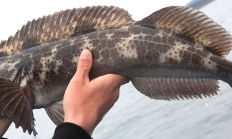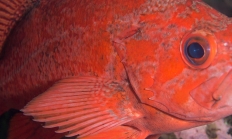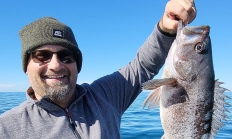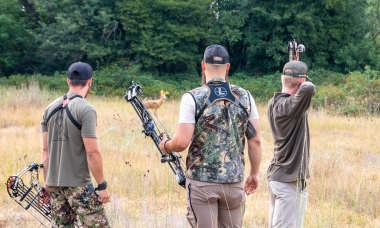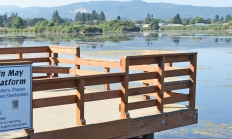Burns Pond fish die-off caused by natural “turnover” event; ODFW plans to re-stock trout this fall
HINES, Ore. – ODFW biologists confirmed that a natural mixing event, or "turnover," likely caused the death of stocked rainbow trout recently observed at Burns Gravel Pond on Hwy 78. The pond is located two miles east of Burns, Ore., on Hwy 78 on property owned by ODFW. The pond's two basins are…



